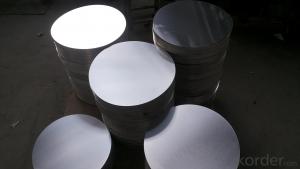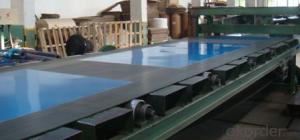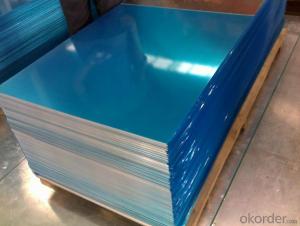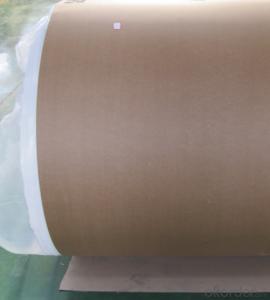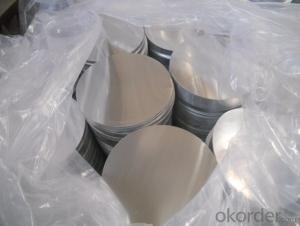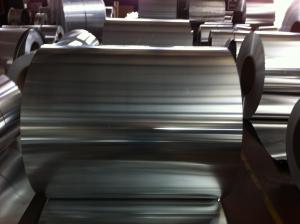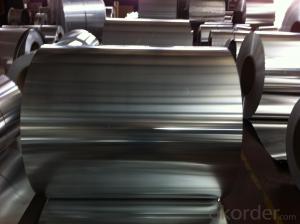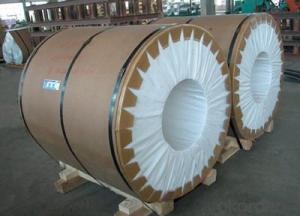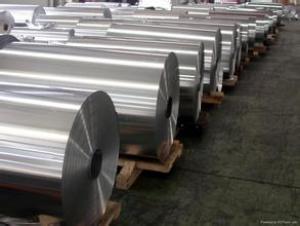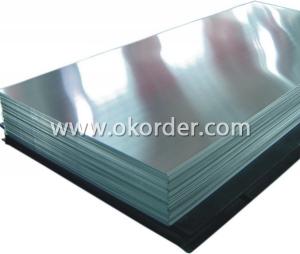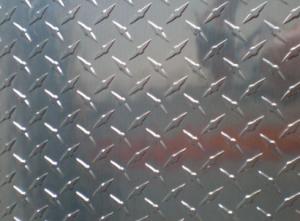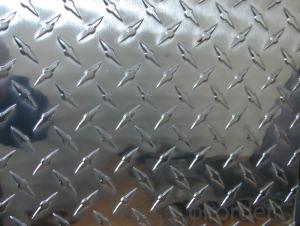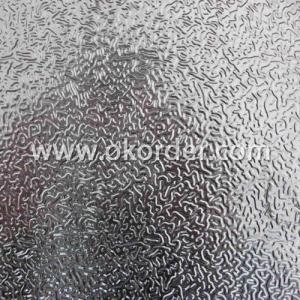Painted Aluminum Sheets Calgary - Continuous Casting Aluminium Coils for Circle AA1050
- Loading Port:
- Shanghai
- Payment Terms:
- TT OR LC
- Min Order Qty:
- 5 m.t.
- Supply Capability:
- 20000 m.t./month
OKorder Service Pledge
OKorder Financial Service
You Might Also Like
Specification
1.Structure of Continuous Casting Aluminium Coils for Circle AA1050
Continuous Casting Aluminium Coils for Circle AA1050 for Re-rolling are widly used in decoration field. For the painting, it depends on the using evironment. If you use in the open air, we recommend the PVDF coated aluminium coils. This kind of painting can last 15-20 years. If you use in the room, we recommend PE coated aluminium coils. The price is much more competitive.
2. Main features of Continuous Casting Aluminium Coils for Circle AA1050
a.Competitive price---We have our own mills and can produce mill finished aluminium coils, so we can control the production cost better.
b.Professional after-sale service---We have more than 15 years exportation experience and you need not worry about the exporation problems.
c.Fast delivery time---We can control the delivery time within 35 days.
3. Image of Continuous Casting Aluminium Coils for Circle AA1050
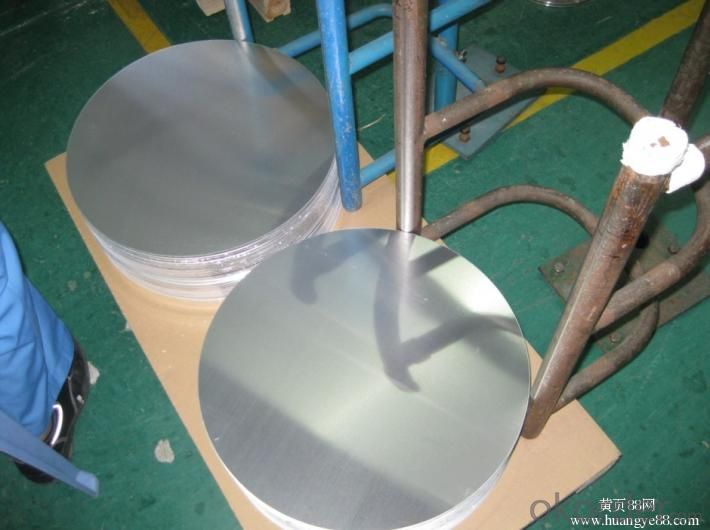
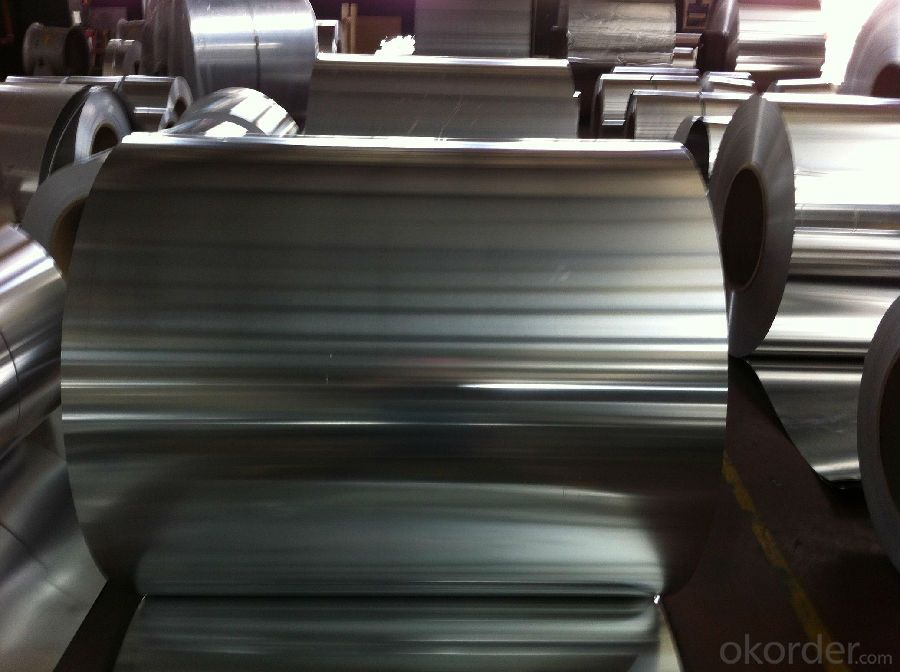
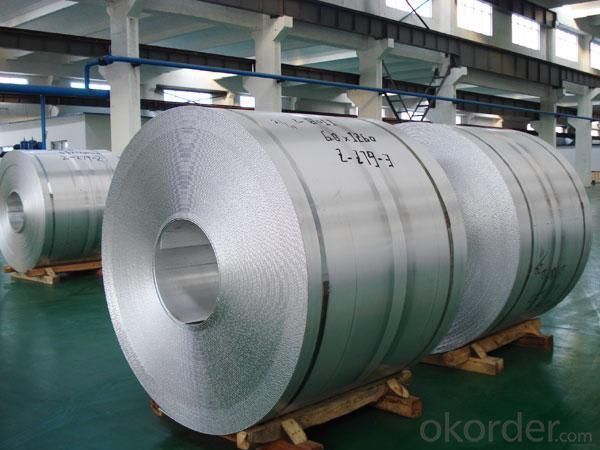
4. Product Specification of Continuous Casting Aluminium Coils for Circle AA1050
| Alloy | Temper | Rolling | Thickness | Width |
| AA1050 | F | Hot Rolled | 0.2MM-2MM | 1000MM-1500MM |
5.FAQ of Continuous Casting Aluminium Coils for Circle AA1050
What is the quality standard?
---Usually our standard is GB3880-2006
What is the largest width?
---It is 2300mm
What is the MOQ?
---Usually we can accept 80 tons.
- Q: How does aluminum sheet perform in high-pressure applications?
- Due to its inherent properties, aluminum sheet is exceptionally effective in high-pressure applications. Its impressive strength-to-weight ratio makes it a suitable option for withstanding high-pressure environments. Additionally, aluminum exhibits excellent corrosion resistance, a crucial feature when dealing with high-pressure conditions that involve exposure to moisture or aggressive chemicals. Moreover, aluminum sheet is highly malleable, allowing it to be shaped and formed into various configurations to meet the specific requirements of high-pressure applications. Its flexibility enables it to endure the forces and stresses exerted during high-pressure processes without compromising its structural integrity. Furthermore, aluminum demonstrates good thermal conductivity, which aids in dissipating heat generated by high-pressure systems. This characteristic helps prevent overheating and ensures efficient operation. However, it is important to consider that the performance of aluminum sheet in high-pressure applications can be influenced by factors such as sheet thickness and alloy composition. Therefore, it is crucial to carefully select the appropriate grade and thickness of aluminum sheet based on the specific requirements and operating conditions of the high-pressure application. In conclusion, aluminum sheet is a dependable and efficient choice for high-pressure applications due to its strength, corrosion resistance, malleability, thermal conductivity, and overall performance under demanding conditions.
- Q: Are aluminum sheets suitable for outdoor use?
- Yes, aluminum sheets are suitable for outdoor use. Aluminum is a durable and corrosion-resistant material that can withstand various weather conditions, making it ideal for outdoor applications.
- Q: Do 101 aluminum sheets have any specific certifications or standards?
- Yes, 101 aluminum sheets typically have certifications and standards that ensure their quality and performance. These may include certifications like ASTM (American Society for Testing and Materials) and standards such as AA (Aluminum Association) standards, which verify the material's composition, mechanical properties, and manufacturing processes. Additionally, specific industry certifications like ISO 9001 (International Organization for Standardization) may be applicable to ensure consistent quality control during production.
- Q: The only materials i can use is iodine, water, HCl, magnet, and pH paper. How do you identify aluminum with that?
- To start with, are you refering to aluminum as metal, an aluminum compound, or a solution with aluminum present as ions? If it is metaallic aluminum, it won't stick to a magnet, and it will react with HCl, however this isn't sufficient to definately say it is aluminum, it would be better to get a density, melting point, etc.
- Q: Can 101 aluminum sheets be used in the production of solar reflectors?
- Yes, 101 aluminum sheets can be used in the production of solar reflectors. Aluminum is a widely used material in the solar industry due to its high reflectivity and durability. The number 101 refers to the specific alloy composition of the aluminum, which usually indicates that it is a pure aluminum or a low alloy variant. Pure aluminum has excellent reflective properties, making it ideal for solar reflectors that need to efficiently redirect sunlight onto solar cells or panels. However, it is important to consider other factors such as thickness, surface finish, and any additional coatings or treatments that may be required for optimal performance in solar reflector applications.
- Q: I was watching an old Star Trek movie. The last one with the full original cast; where they bring two whales into the future. There is a scene in which Scotty and Bones are trying to get material to build a giant tank to hold the whales inside the Klingon space ship. They go to a manufacturer and offer him the formula for Clear Aluminum in exchange for the materials. Scotty and Bones don't know who invented Clear Aluminum and the manufacturer who will eventually place the patent in the 20th century didn't really invent it, so who did? If you think of this as a thought experiment would this prove that other universes exist? Did Scotty and Bones create a new universe?
- In the novel, developed from the original screenplay (which featured information that did not end up being mentioned in the film), Scotty was already aware that the chap he gave the transaprent aluminium formula to was recorded as its inventor. Therefore, the plot as intended suggested looped or self-generating causality. This is the outcome referred to in other predestination paradoxes, like the one about going back in time 100 years and becoming your own great-grandfather. The character in the film who Scotty gives the formula to is called Marcus Nichols. he was played by an American actor called Alex Henteloff. For reasons of brevity or simplicity of plot, the film leaves the viewer thinking that Scotty et al didn't know who the inventor was, but Scotty does have the line How d'you know he wasn't the man who invented it?, delivered to Dr McCoy, which could be taken as an indication that Scotty DID know and was just being a smart-**** to McCoy. As a thought experiment, this wouldn't prove the existence of multiple universes, just that the outcome was possible without changing their own future. Proof would require more information that is also missing from the screenplay and film. In reality, there is no such thing as transparent aluminium, but there are aluminium-based ceramics which are transparent.
- Q: What are the different methods of surface engraving aluminum sheets?
- There are several methods of surface engraving aluminum sheets, each offering unique advantages and suitable for different applications. 1. Mechanical Engraving: This traditional method involves using a rotating cutting tool, such as a milling machine or a router, to physically remove material from the surface of the aluminum sheet. It is a precise and versatile technique that can create intricate designs and deep engravings. Mechanical engraving is commonly used for signage, branding, and decorative purposes. 2. Laser Engraving: This modern and highly precise method uses a laser beam to vaporize or melt the surface of the aluminum sheet, creating a permanent mark. Laser engraving offers great control over the depth, speed, and intensity of the engraving, allowing for detailed and accurate results. It is widely used in industries like aerospace, automotive, and electronics for part identification, serial numbers, and barcodes. 3. Chemical Etching: Also known as chemical milling or photochemical machining, this process involves coating the aluminum sheet with a photosensitive mask and exposing it to UV light through a stencil or artwork. The exposed areas are then chemically etched, removing the material and creating the desired design. Chemical etching offers high precision, repeatability, and the ability to engrave very thin lines or complex patterns. It is often used in electronic components, nameplates, and decorative applications. 4. Diamond Drag Engraving: This method uses a diamond-tipped stylus that is dragged across the surface of the aluminum sheet, scratching or indenting it to create the engraving. Diamond drag engraving is commonly used for industrial applications, such as part identification and serial numbering, as well as for creating durable and long-lasting markings on aluminum sheets. 5. Rotary Engraving: In this technique, a rotating cutting tool is used to remove the material from the aluminum sheet, similar to mechanical engraving. However, rotary engraving is typically used for larger and thicker aluminum sheets and is often employed in industrial settings for marking, labeling, and identification purposes. Each of these methods has its own advantages and is suitable for different applications, so choosing the right engraving method for aluminum sheets depends on factors such as the desired design, level of detail, durability requirements, and the intended use of the engraved product.
- Q: I've heard twice in the past 2 days on ESPN that they think Aluminum bats are dangerous. I disagree with this cause if they were dangerous why would they allow them to use them in college and high school. Isnt that what the BESR certification mean that the bat is safe that the ball isnt going to come off at super high speeds. i just wanted to get your opinion.
- in my opinion, when people make an argument about how aluminum bats are dangerous i cant help to imagine a cracked wooden bat flying thru the infield. I think that wooden bats are actually more dangerous. a lot of people that don't like aluminum bats say that one day a fly ball is gonna kill someone off of a aluminum bat, but the same thing would probably happen woth a wooden bat. i personally love to use aluminum bats and a hate it when my high school coach makes me use a wooden bat.
- Q: What is aluminum sheet material L2?
- L2 is the name of the brand of aluminium plate in our country, which is the 1060 brand now!L1 is 1070L2 is 1060L3 is 1050L4 is 1030L5-1 is 1100And LF-21, or 3003, LF-1, or 3004! Wait
- Q: What is the fatigue strength of aluminum sheets?
- The fatigue strength of aluminum sheets depends on various factors such as the alloy, thickness, and manufacturing process. Generally, aluminum alloys have good fatigue strength compared to other materials. However, the exact fatigue strength can vary significantly and must be determined through specific testing and analysis for each particular aluminum sheet.
Send your message to us
Painted Aluminum Sheets Calgary - Continuous Casting Aluminium Coils for Circle AA1050
- Loading Port:
- Shanghai
- Payment Terms:
- TT OR LC
- Min Order Qty:
- 5 m.t.
- Supply Capability:
- 20000 m.t./month
OKorder Service Pledge
OKorder Financial Service
Similar products
Hot products
Hot Searches
Related keywords
